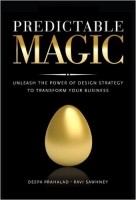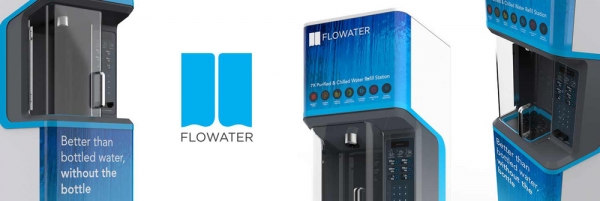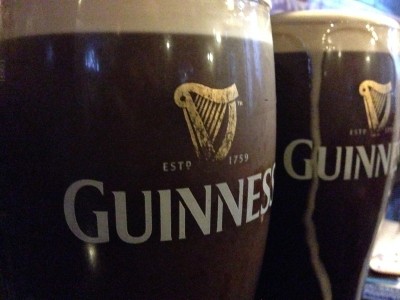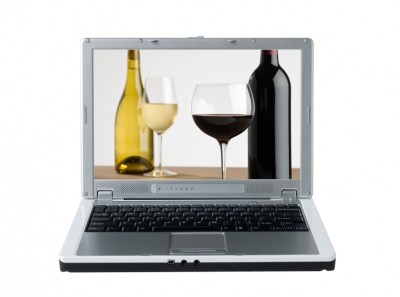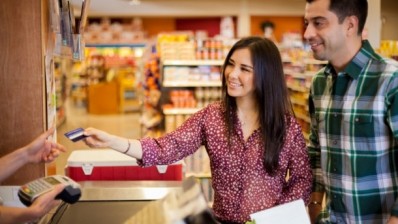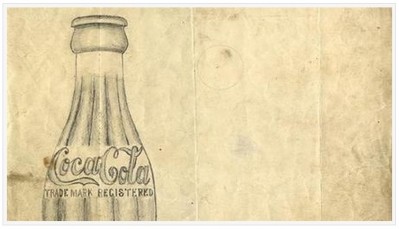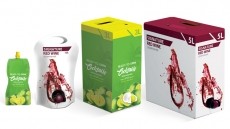What is ‘Psycho Aesthetics’ and why are packaging product designers embracing it?
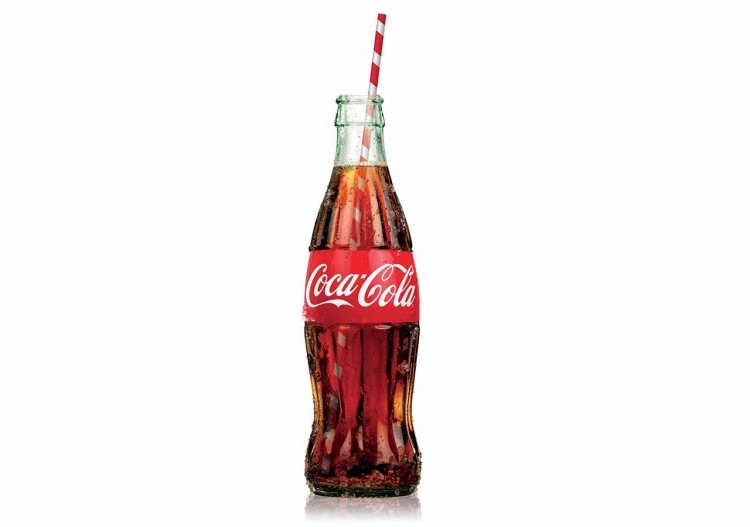
‘Psycho Aesthetics’ (P/A), commonly known in the book and film industries to describe the adventure a character takes which ends with a great deed for their community, is used by Sawhney in his book, ‘Predictable Magic’, to describe a component of great product design.
'The hero's journey'
The book, which is written with business strategist Deepa Prahalad, includes case studies from Sprint, Medtronic, Amana, and Hyundai and reviews how these companies used P/A analysis to go beyond the utilitarian to create products that connected powerfully with their respective demographics.
Sawhney told BeverageDaily the seven stages of P/A include Research, Synthesis, Key Attractors, the Hero's journey, Design, Execution, and the "Moments of Truth".
“The goal of all seven stages is to turn deep consumer insight into product designs that trigger positive memories in the customer and move them along a journey of discovery until their positive memories translate to brand loyalty,” he said.
As an example, the author said when he watched a TV news item about the 100th anniversary of the Coke bottle (the iconic, hourglass bottle was first manufactured in 1916), he thought about the great "hero's journey" the Coca Cola Company has enjoyed because of a single product.
"For Coca Cola, customers become the company's heroes when they love drinking Coke so much that they decide to share their love of the product with friends and family," he added.
“Apple is the source of another hero's journey evident when customers lined up at stores to buy the iPhone 7. Both Coca Cola and Apple have achieved enormous success in their respective fields, in part, by producing products that have made an emotional connection with millions of customers and generated heroic evangelism as a result.”
Trigger points
The hero's journey of enthusiastic customers is a key component of P/A, a product design methodology Sawhney created which is now part of the 2016 fall semester core curriculum at Savannah College of Art and Design and CSU Long Beach, in the US.
P/A is also used at Harvard University as a business case study and Sawhney has lectured on the emotional connection between brands and consumers to MBA students at USC, UCLA, Stanford, and INSEAD, a graduate business school with campuses in Europe (Fontainebleau, France), Asia (Singapore), and the Middle East (Abu Dhabi).
“Studying the trigger points that make customers evangelists is one of the core principals of Psycho-Aesthetics," said Sawhney.
"P/A also includes in-depth market research and visualization, mapping consumer segments, assessing existing competitive offerings, and creating potential customer personas."
Dr. Bob Deutsch, who holds doctorates in Cognitive Neuroscience and Cultural Anthropology, believes P/A helps designers focus on the most important factor in creating new products - understanding consumer need and emotion.
“Sawhney puts people back into the design process - people, not as consumers, but people as emotional and symbolic narrative makers,” said Deutsch.
“The end result is people will benefit from a product that has been 'touched' by a designer utilizing the core principals of P/A."
FloWater
Sawhney's epiphany about the importance of consumer emotion in product design occurred in 1979 while working at Xerox PARC to develop the first touch-screen interface before computers entered the mainstream.
Working with a team of cognitive and social scientists, he noticed that research subjects were at first afraid to touch the screen, believing they might put themselves in physical danger.
Subjects recalled childhood memories of their parents admonishing them about sitting too close to or touching the screens of their home TVs. It was a lesson that sparked Sawhney's fascination with the psychology of design.
Within RKS, designers utilized the principles of P/A to create memorable products including FloWater, an environmentally friendly alternative to bottled water.
Sawney believes the goal of every designer should be to create products that improve the quality of people's lives and provide them levels of self-esteem that can only be created through insights into the "self".
He says in the book: "It's not how you feel about the design or experience, it's how it makes you feel about yourself."

